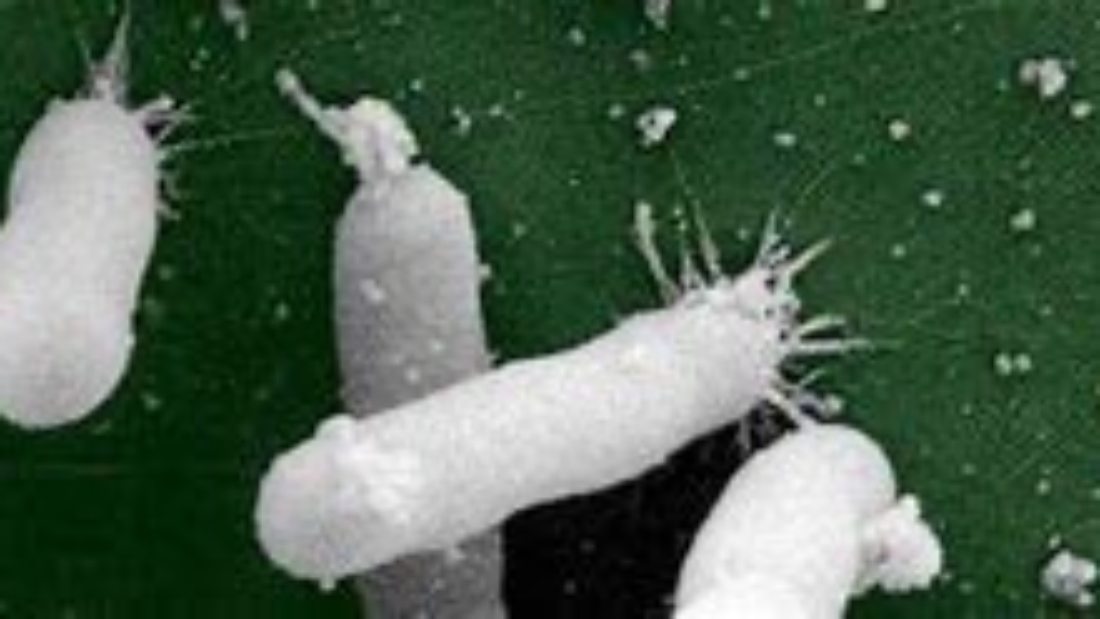
May 25, 2021, in a recent study conducted jointly with GreenAgri Solutions, LLC (FL) a new mineral oxychloride disinfectant was tested on flying vectors that impacted fruit trees in Florida. For the past 4 years, Mr. Keith Warren with GreenAgri Solutions has been field testing an experimental disinfectant to control Huanglongbing (HLB).
During the first 90 days, Mr. Warren, had the citrus orchard flood irrigate the root system three times per week with a +750mV solution (25 mg/l of JC 9465). They fogged the trees in the evening twice week (3oz to 1 gal of water). By the end of the three weeks, the trees in the controlled study were starting to develop new leaves, and fruit was starting to develop on the once stricken trees.
Flying vectors that support bacteria like Xylella Fastidiosa and Huanglongbing attack the xylem of the host plant by creating a biofilm that limits the movement of water and nutrients in the host. To treat both bacterium, you must first destroy the biofilm and second inactivate the bacteria. JC 9465 generates the hydroxyl radical ion that attacks the extra-polymeric (EPS) substance which forms a sticky substance that acts as protective film around the bacteria. Once the EPS is destroyed, other oxidative species quickly attack the DNA of bacteria’s nucleus to inactive it and prevent reproduction or mutation. JC 9465 is not an insecticide but a very water- soluble oxidant (reactive oxygen species) that is easily transported from the root system to stems, leaves, and branches with enough energy to oxidize Xylella Fastidiosa.
In a study co-authored by James White, professor in the Department of Plant Biology in the School of Environmental and Biological Sciences at Rutgers University-New Brunswick, he found that specific bacteria located on the seeds and in the soil would stimulate root cell and root hair growth in all plants. This species of bacteria generated ethylene, a plant growth hormone, that makes the root cells grow root hairs. When the root hair grows, it ejects some of the bacteria into the soil. The remaining bacteria in the root hairs replicate and trigger a growth spurt every 15 minutes until the root hairs are fully developed.
The researcher found that ethylene will trigger root cells to secrete superoxide (ROS) onto the bacteria in the root cells, causing bacteria to produce nitric oxide that detoxifies the superoxide. Nitric oxide combines with superoxide to form nitrates that are absorbed by the root cells. In this process, bacteria in the root cells make root hairs grow and supply root cells with nitrogen and other nutrients.
JC 9465 is a mineral oxychloride oxidant that generates a high concentration of reactive oxygen species (ROS) like ozone, hydrogen peroxide, hydroxyl radical ions, superoxide, and singlet oxygen ions. JC 9465 specifically generates a high concentration of hydroxyl radical ions. The oxidative energy of a hydroxyl radical ion is 2 time more potent than chlorine (hypo & hyper). This means hydroxyl radical ions work faster than chlorine and ozone to oxidize organic and inorganic contaminants. Studies conducted at UC Davis Post Harvest indicated that using JC 9465 at an ORP above +700mV inactivated e. Coli and salmonella in less than 10 seconds.
If you like a copy of the Florida Study, please contact us at charles@jenfitch.com or (925)289-3559


